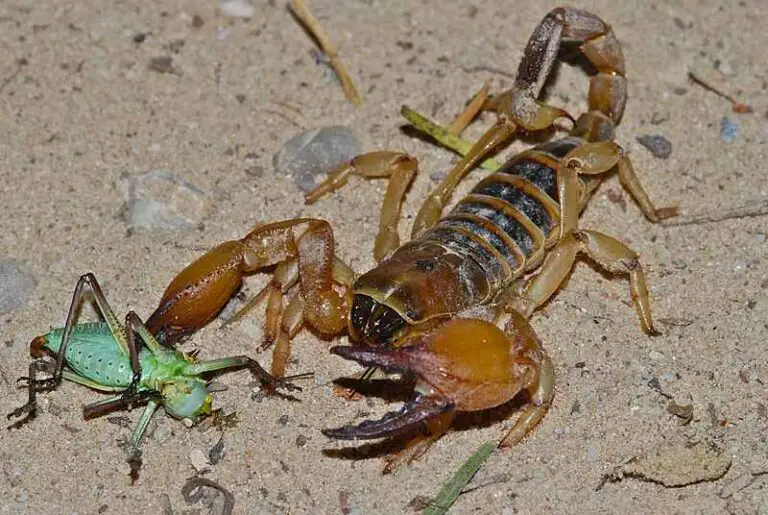5 Ocean Pollution Solutions Explained
Ocean pollution solutions are; recycling, sustainable agriculture, environmental protection policies, hydrological hazard mitigation, and technological innovation.
This article discusses ocean pollution solutions, as follows;
1). Recycling (as one of the Ocean Pollution Solutions)
Recycling can be a very effective means of solving ocean pollution and its effects on human health, marine ecosystems, and the economy [3].
This is because recyclable materials constitute a prominent fraction of pollutants in oceans. One of such materials is plastic.
There are close links between ocean pollution and plastic pollution, so that both terms may substitute for each other in some scenarios.
It can be argued that plastic pollution is a type of ocean pollution, and accounts for a vast majority of ocean pollution effects.
These links imply that reducing the influx of plastic waste into marine systems through recycling, will go a long way to address marine pollution as a whole.
Other pollutants including municipal organic waste and industrial waste, will significantly reduce through recycling as well.
These materials could be used to produce biofuel, or as raw materials for other forms of production.
Such an approach will help to develop a circular economy, while protecting oceans from harmful pollutant-influx.
2). Sustainable Agriculture
Ocean pollution often occurs as a result of agricultural processes, materials and methods.
These include the use of unsustainable farming techniques, and potentially-harmful agricultural chemicals like pesticides, herbicides and fertilizer [1].
Such approaches encourage the occurrence of negative environmental impacts like soil erosion and leaching; which may lead to the introduction of pollutants into the ocean.
Unsustainable, large-scale aquaculture may also lead to pollution of marine water bodies.
To solve this problem, the observance of sustainable agricultural principles and the implementation of sustainable practices including biodynamic farming, organic farming and permaculture, are recommendable.
When these methods are used in place of unsustainable ones, the quality and sustainability of marine ecosystems will be preserved.
3). Environmental Protection Policies
In spite of the environmental, social and economic significance of ocean pollution, there appears to be a shortage on policies and regulations that aim to address this problem in most parts of the world.
Such policies must apply to all sectors that interact with the marine environment in any way; including oil and gas, import/export, sea transport, and manufacturing sectors.
Enforcement of environment protection policies can compel the big players in these sectors to adopt sustainable practices like recycling, carbon capture, wastewater treatment, and use of sustainable raw materials.

4). Hydrological Hazard Mitigation
Natural disasters of hydrological origin, such as flooding and erosion, tend to contribute to ocean pollution [2].
This is also the case for anthropogenic hydrological hazards like stormwater pollution.
It implies that the aim of solving the problem of ocean pollution could be helped by mitigation such hazards.
Measures that can effectively help mitigate hydrological hazards include sustainable farming practices like contour farming and cover cropping; and water conservation infrastructure like dams and drainages.
5). Technological Innovation
Technological innovation is another potential solution to the problem of ocean pollution.
Through innovative technologies, the rate at which pollutants are produced and released into oceans can be reduced significantly.
One of the contexts in which such innovation can occur is energy.
Innovative renewable energy technologies with high density and energy efficiency will reduce reliance on fossil fuels, and lessen the risk of oil spill which is a major cause of marine pollution, as well as other unsustainable energy-related forms of pollution like thermal pollution.
Innovation in manufacturing is capable of increasing the use of eco-friendly raw materials, and can encourage the practice of reduce, reuse, recycle approach to waste management.
Innovative ocean cleaning technologies like mechanical equipment for plastic removal, can help in solving ocean pollution problems through active remediation.
Other areas in which innovation may apply toward ocean pollution control include policy development, and pattern of exposure to marine water bodies.
Conclusion
Ocean pollution solutions are;
1. Recycling
2. Sustainable Agriculture
3. Environmental Protection Policies
4. Hydrological Hazard Mitigation
5. Technological Innovation
References
1). Mateo-Sagasta, J.; Marjani, S.; Turral, H. (2017). “Water pollution from Agriculture: a global review. Executive summary.” FAO and IWMI. Available at: https://www.semanticscholar.org/paper/Water-pollution-from-agriculture%3A-a-global-review.-Mateo-Sagasta-Zadeh/4da4361468c67ea03345d95526a2d172607947dc. (Accessed 27 November 2022).
2). Nicholls, R. J.; Beaven, R. P.; Stringfellow, A.; Monfort, D.; Le Cozannet, G.; Wahl, T.; Gebert, J.; Wadey, M. P.; Arns, A.; Spencer, K. L.; Reinhart, D. R.; Heimovaara, T.; Santos, V. M.; Rodriguez, A.; Cope, S. N. (2021). “Coastal Landfills and Rising Sea Levels: A Challenge for the 21st Century.” Frontiers in Marine Science 8. Available at: https://doi.org/10.3389/fmars.2021.710342. (Accessed 27 November 2022).
3). Prata, J. C.; Silva, A. L. P.; Da Costa, J. P.; Rocha-Santos, T. (2019). “Solutions and Integrated Strategies for the Control and Mitigation of Plastic and Microplastic Pollution.” International Journal of Environmental Research and Public Health 16(13):2411. Available at: https://doi.org/10.3390/ijerph16132411. (Accessed 27 November 2022).




